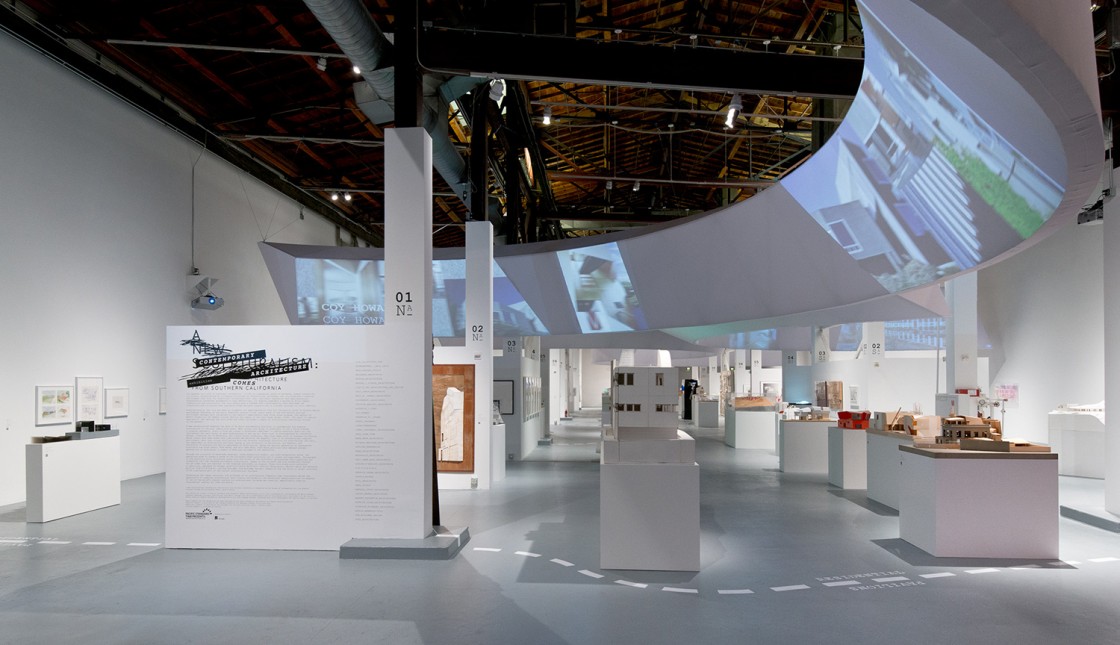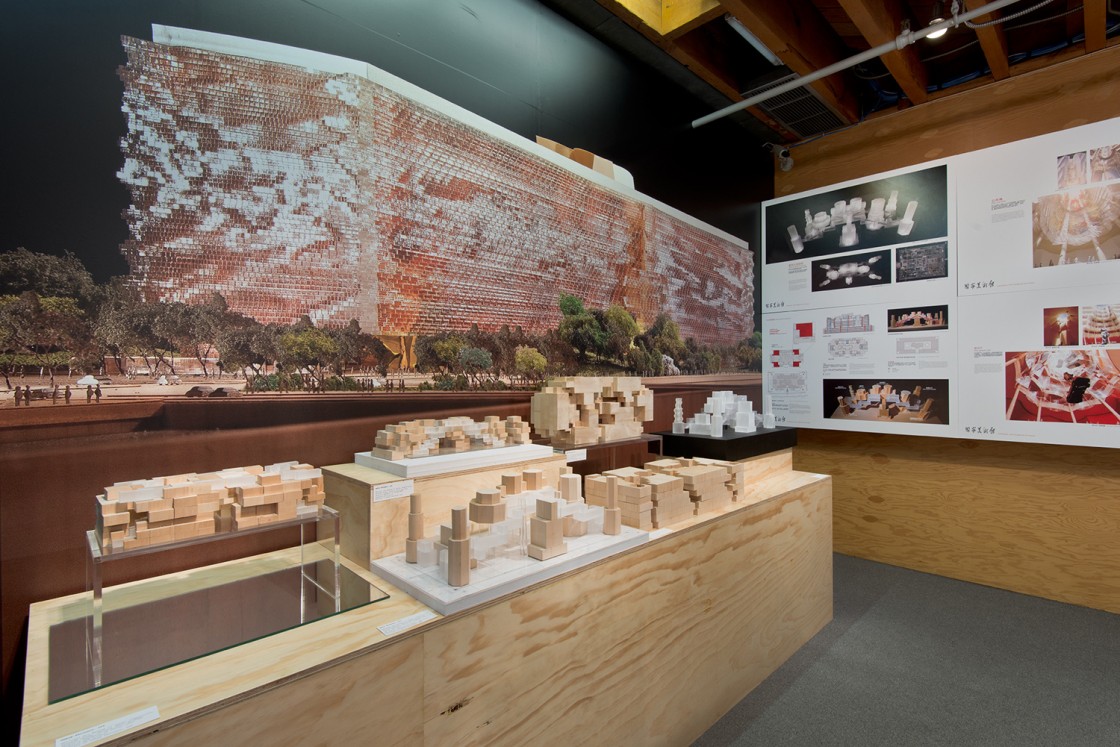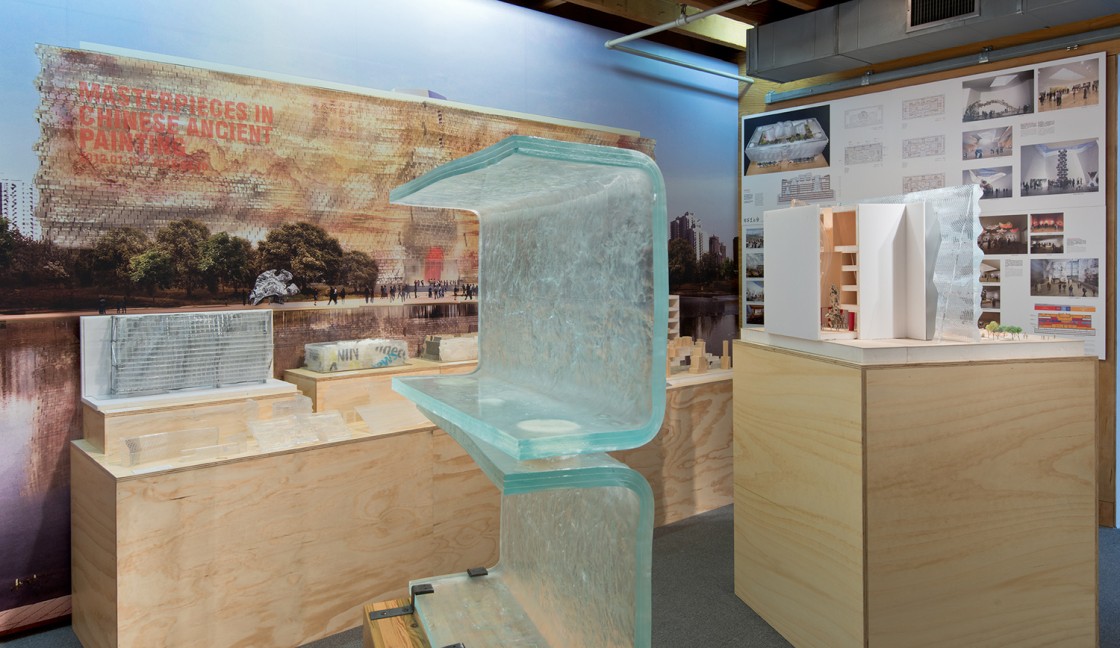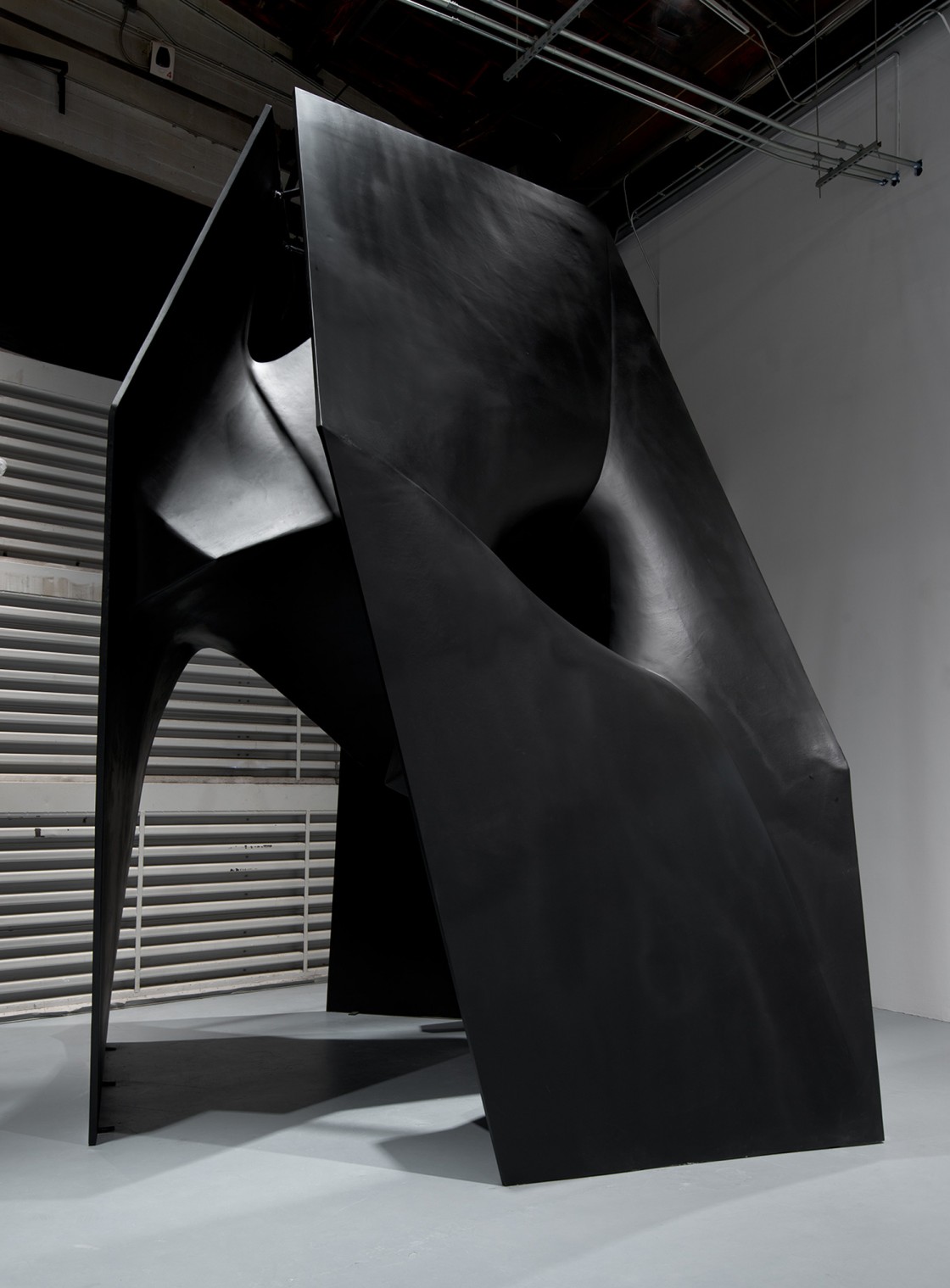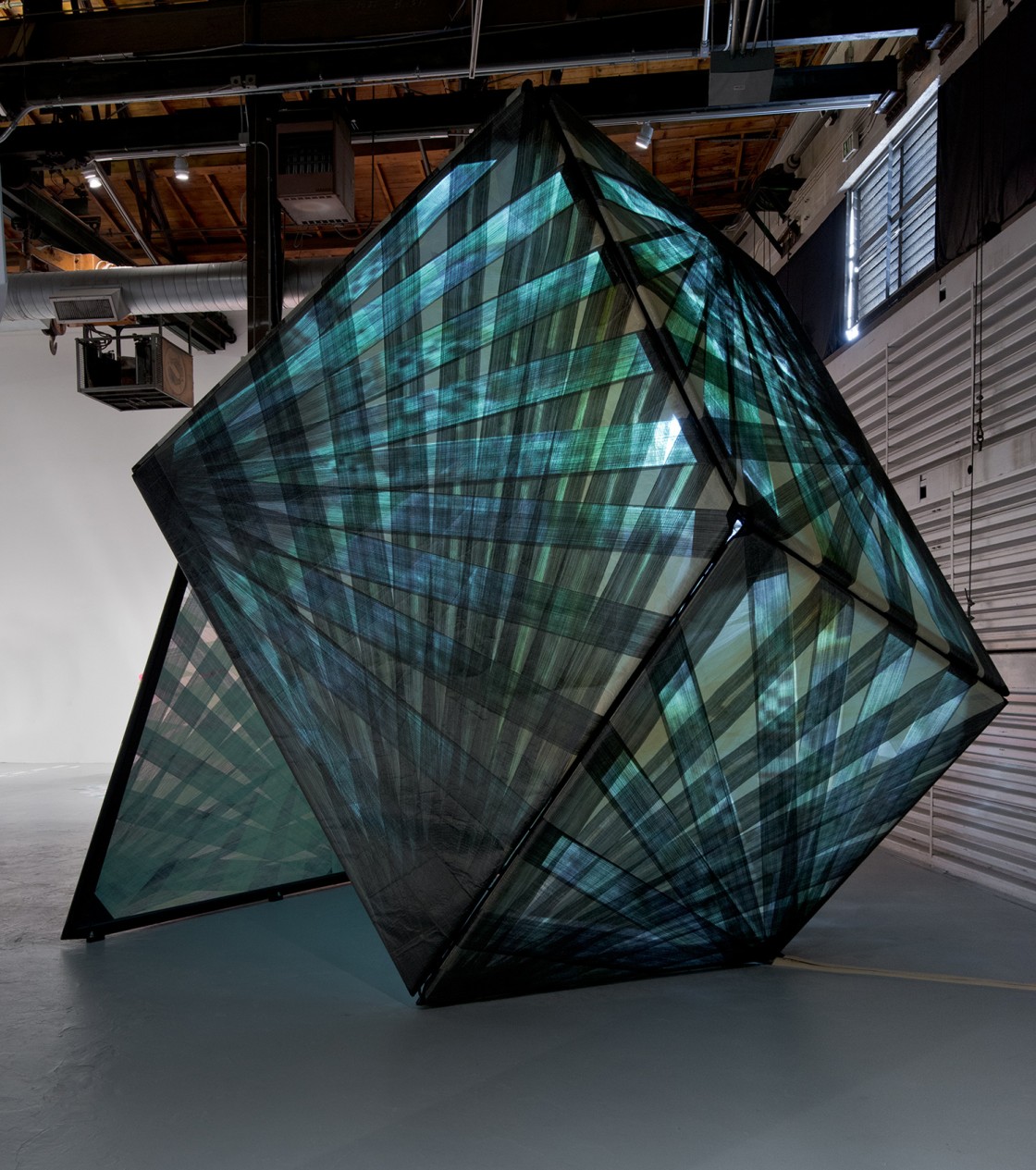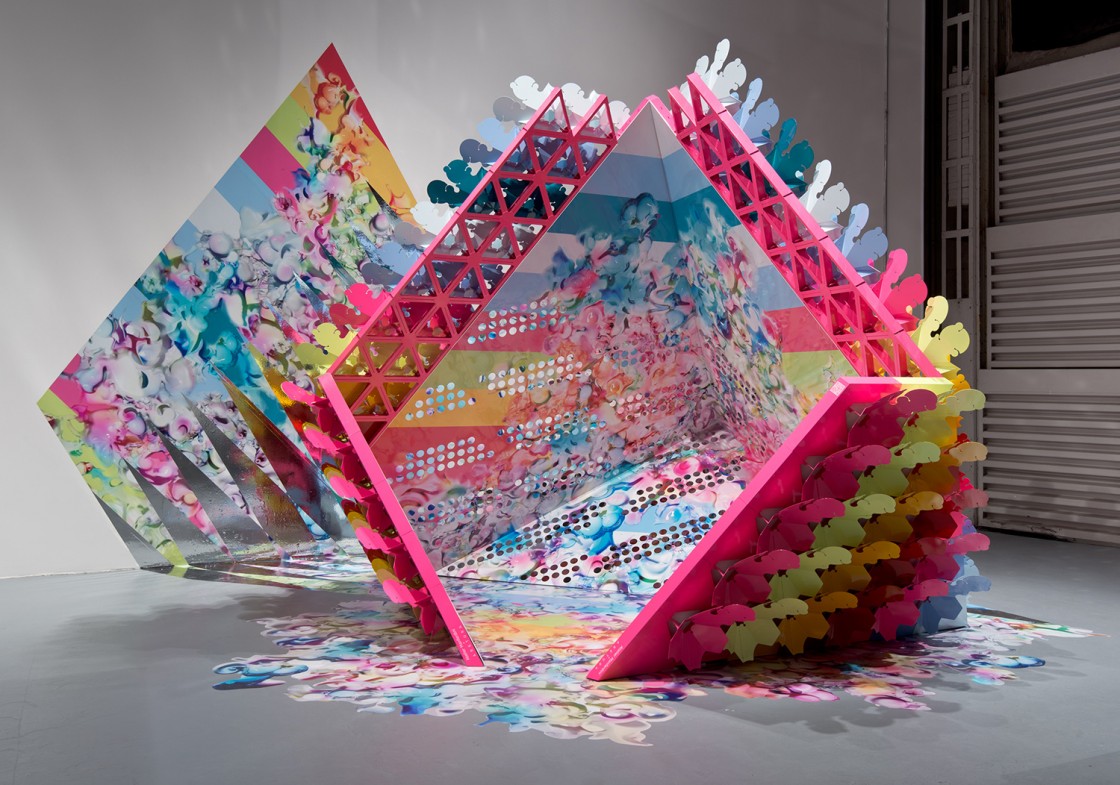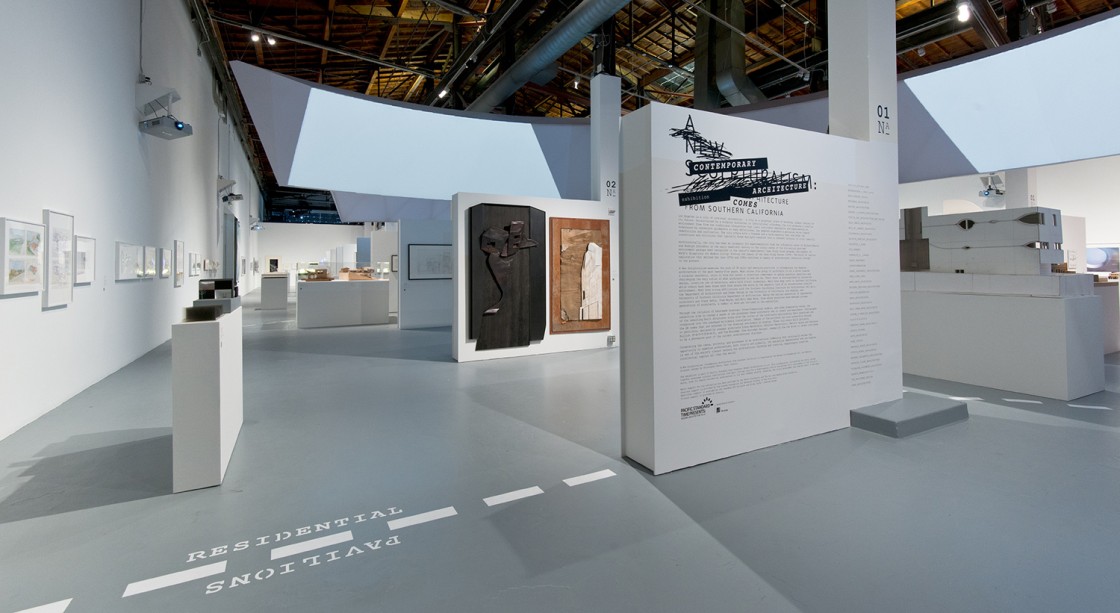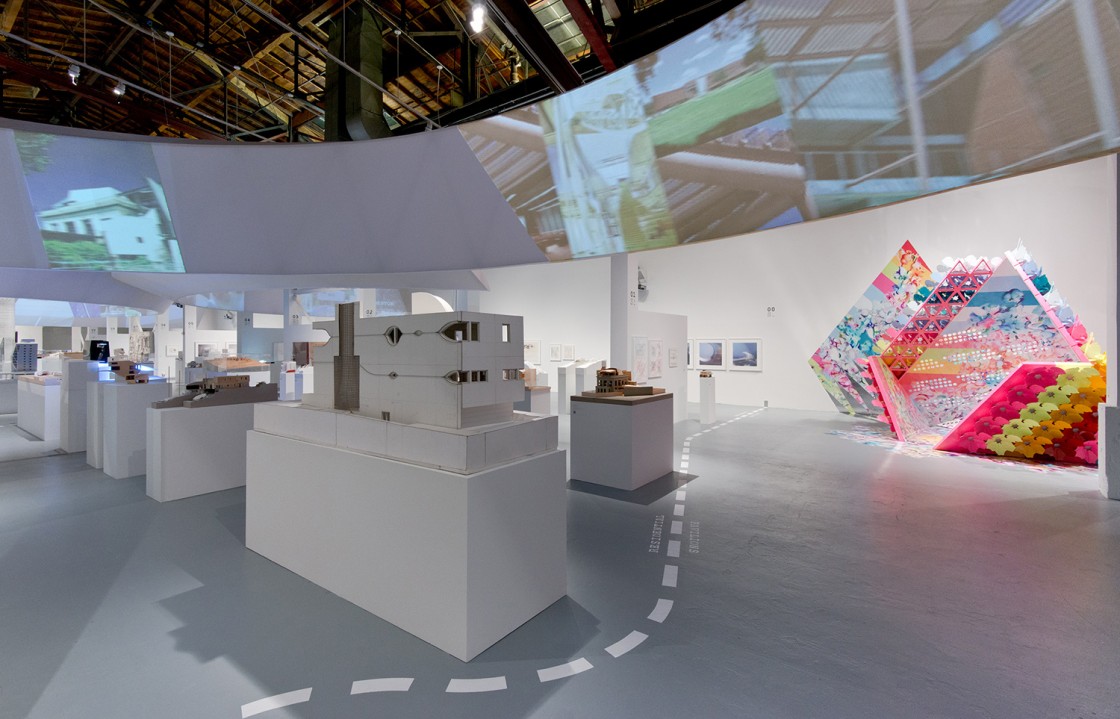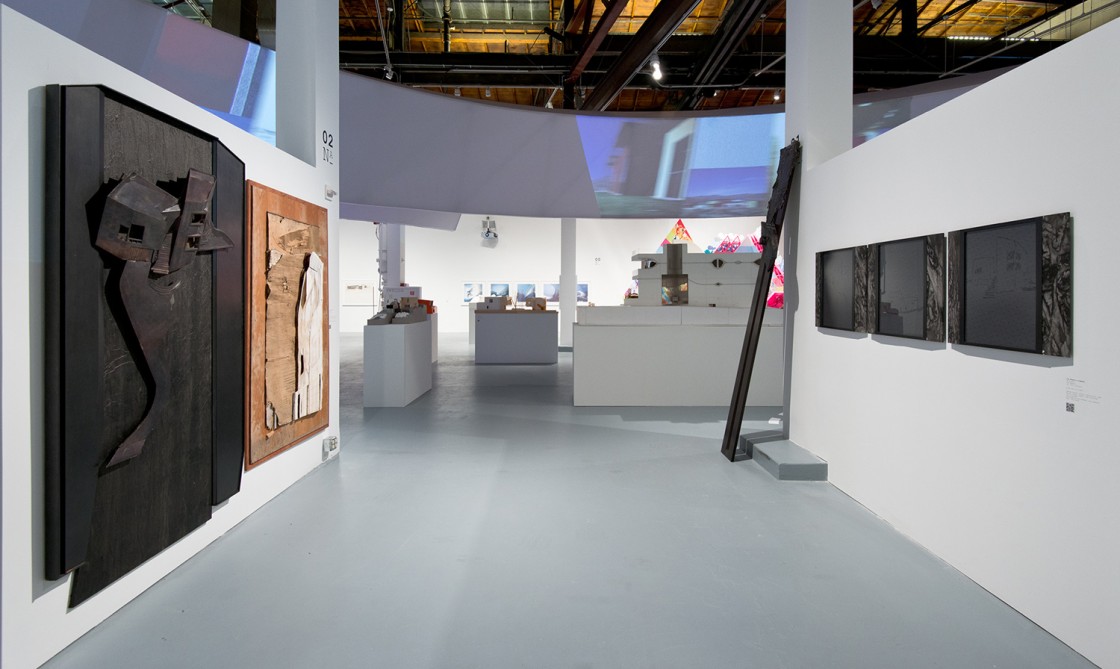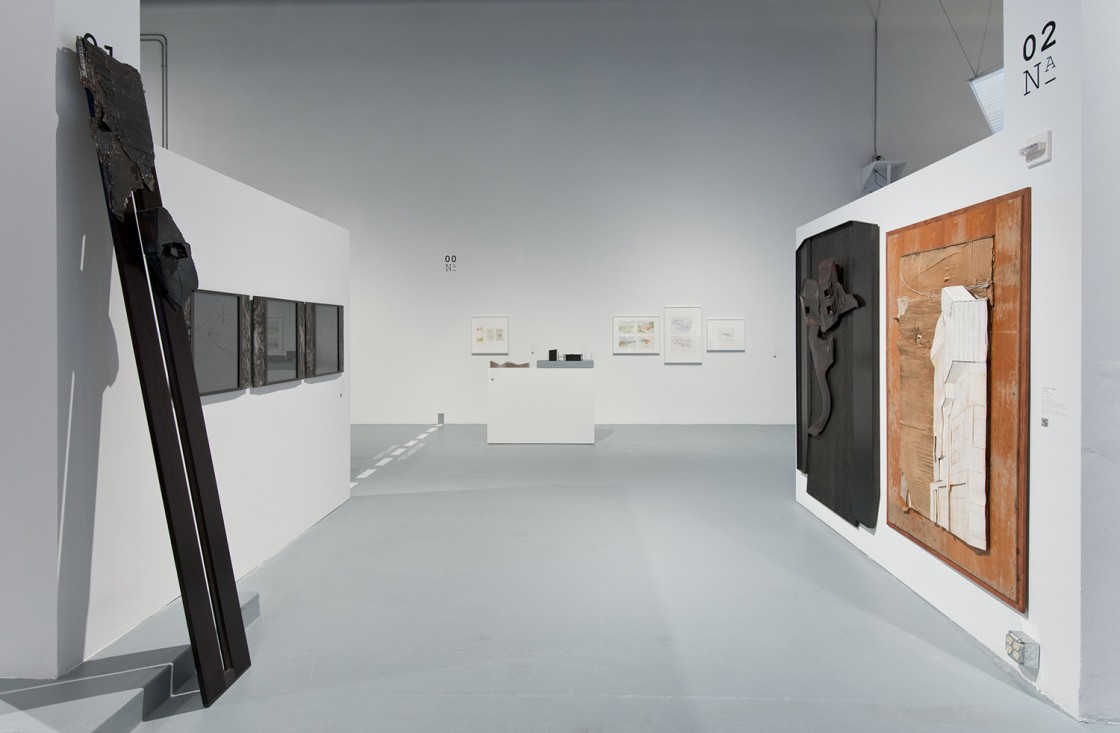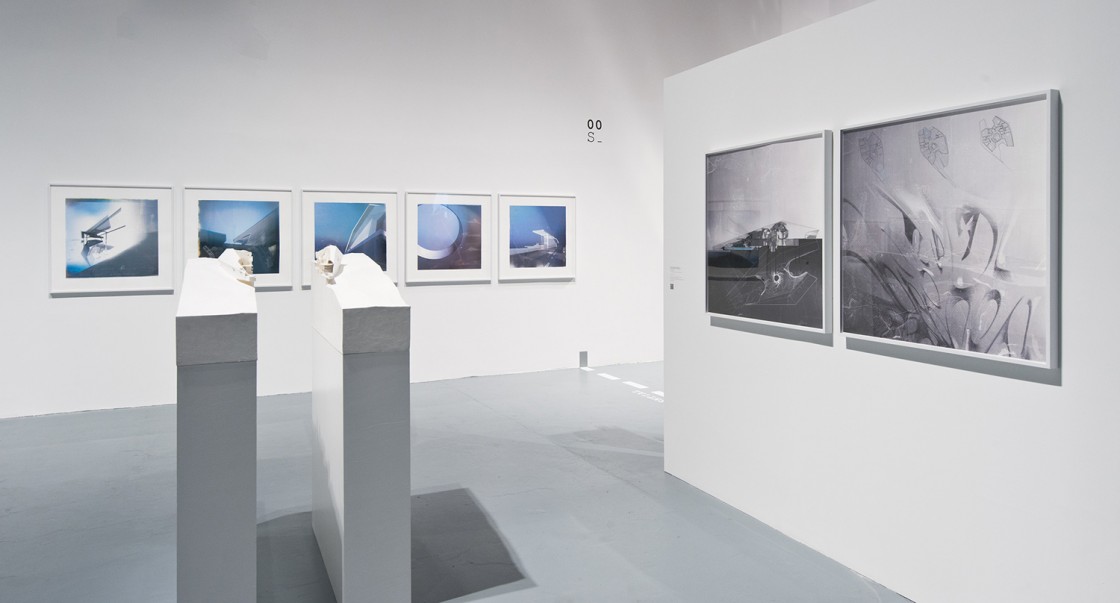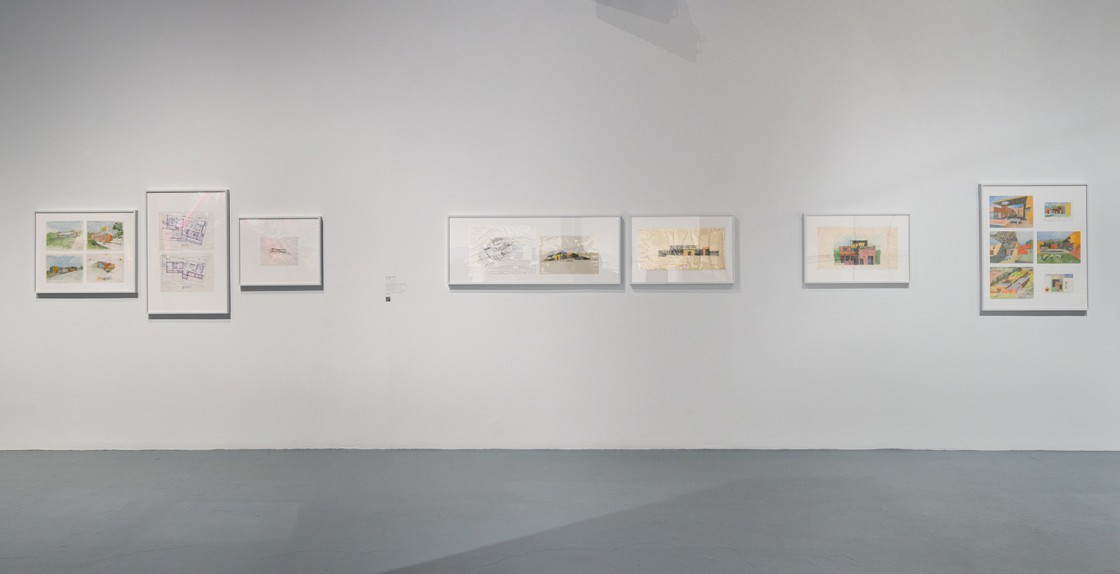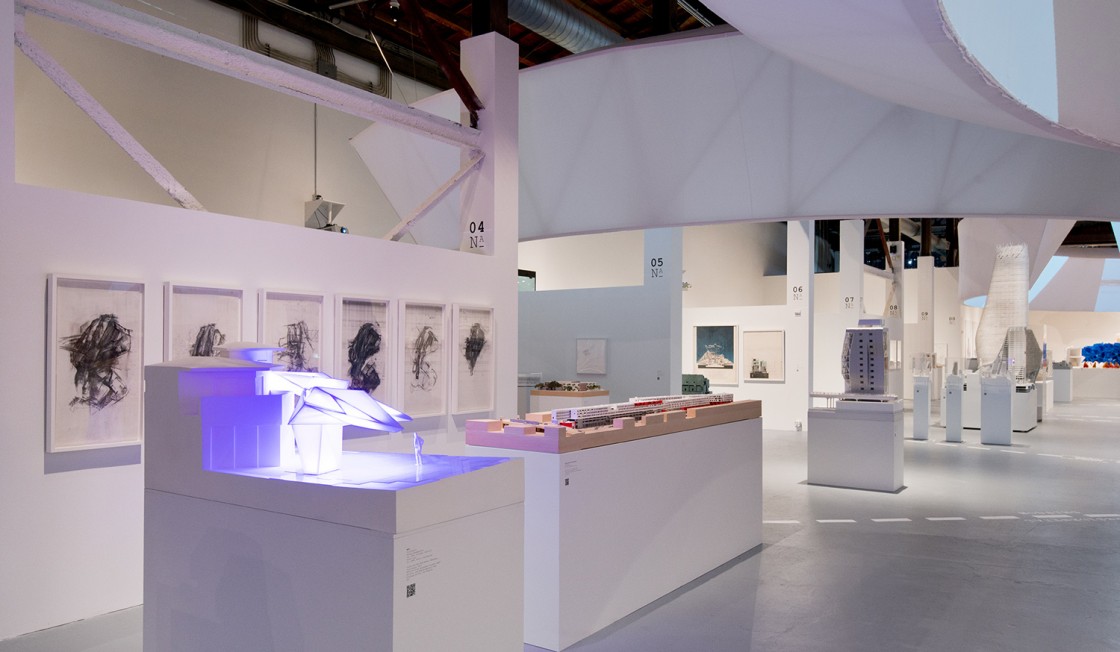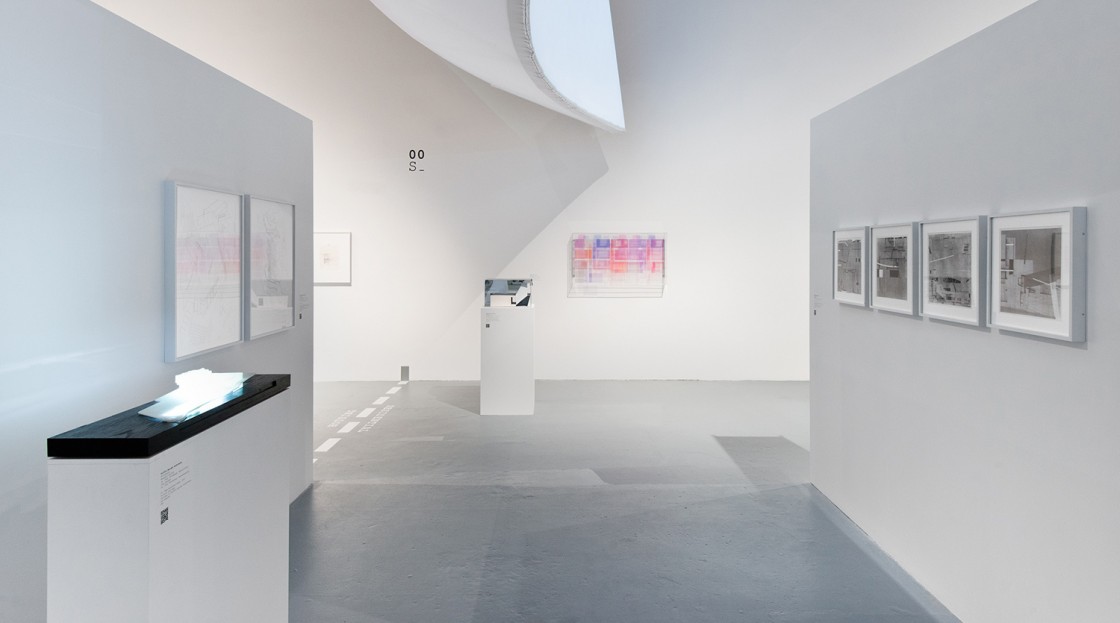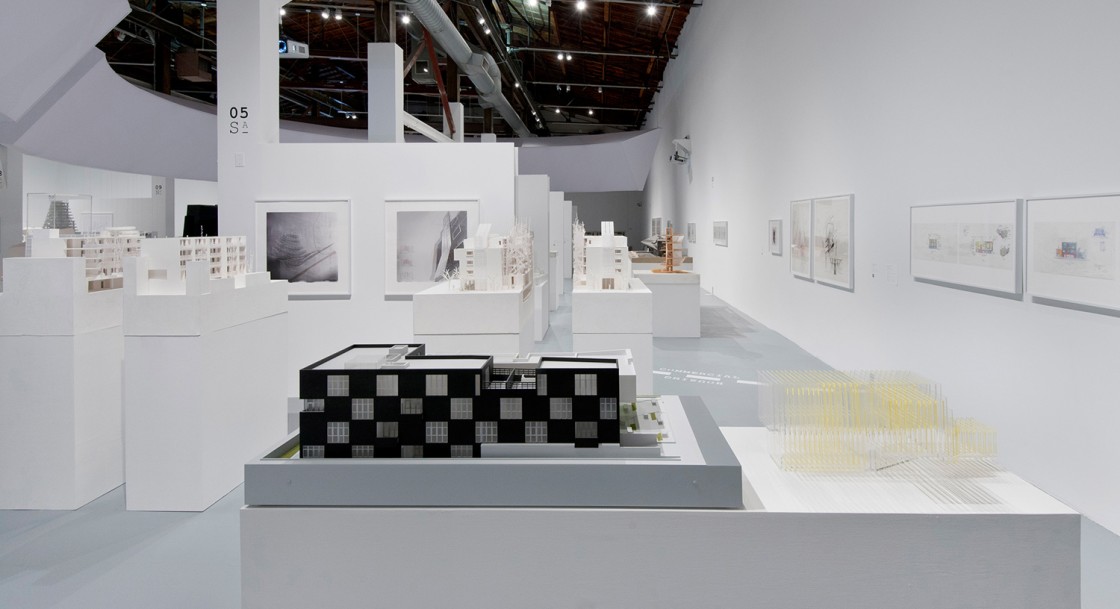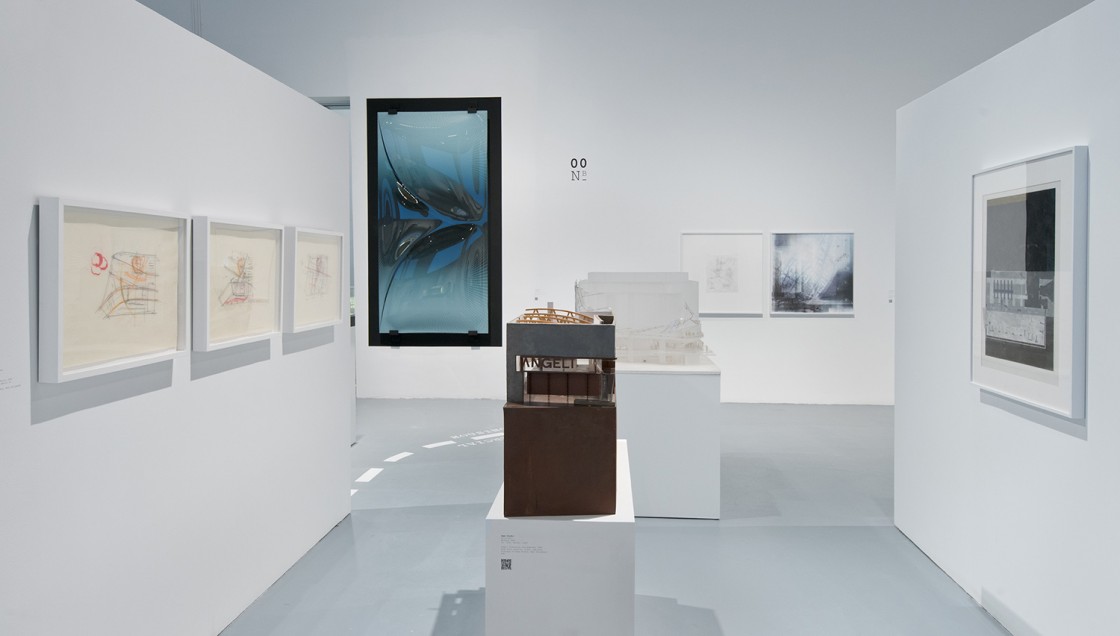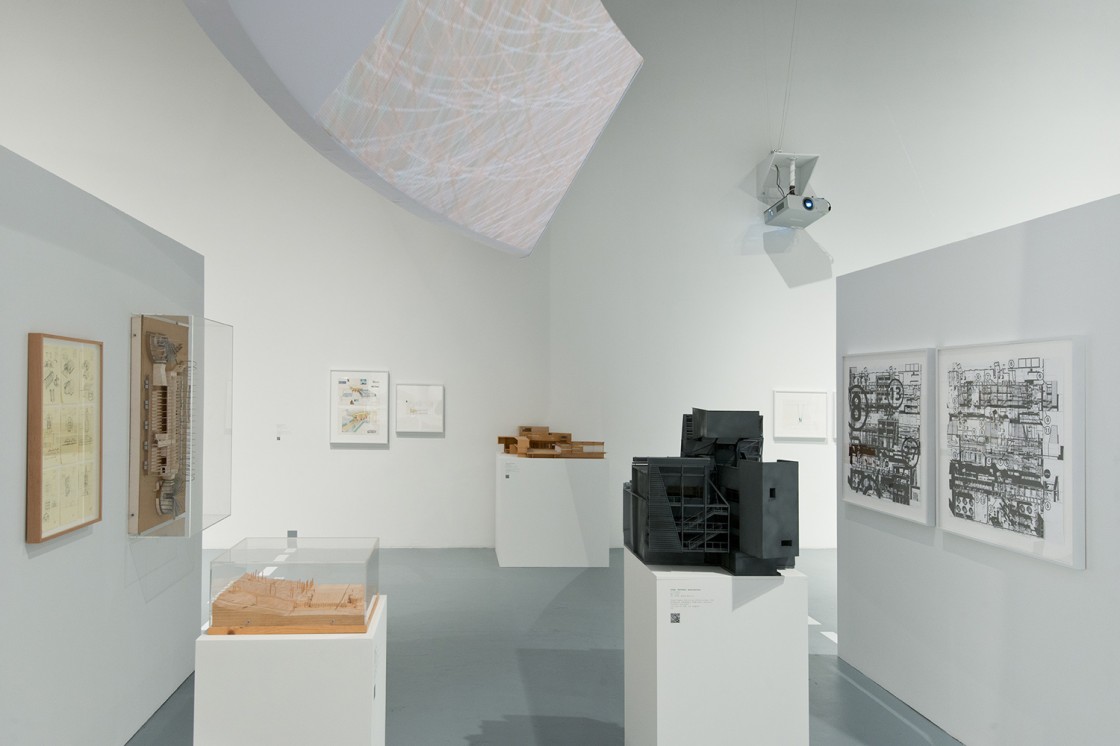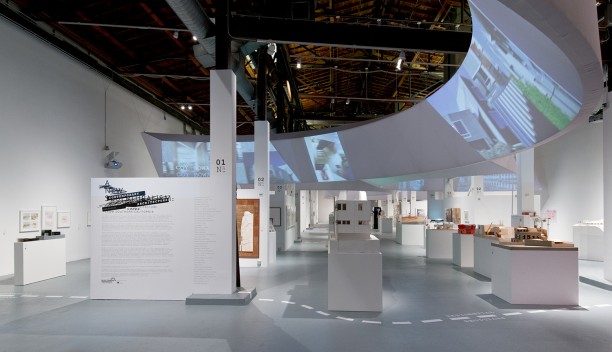Los Angeles is a city of continual reinvention — a city in a perpetual state of becoming, always looking for its future. Unconstrained by a singular historical or institutional orthodoxy, the city promises a creative environment free from the traditional hierarchies that limit individual expression and experimentation. Unfettered by convenient guideposts or easy definitions, Los Angeles engenders a pervasive drive toward redefinition and reification. The city offers both a freedom and a heterogeneity that challenge the connections and collisions that typically forge multiple creators into a coherent cultural or civic identity.
Architecturally, the city has been an incubator for experimentation from the influential works of Richard Neutra and Rudolph Schindler in the early twentieth century to the iconic works of the mid-century post-war environment perhaps best recognized in the region's experimental Case Study House program, the subject of MOCA's Blueprints for Modern Living: History and Legacy of the Case Study Houses (1999). The burst of radical exploration that defined the late 1970s and 1980s continues a legacy of architectural innovation through to the present.
A New Sculpturalism examines the work of thirty-eight major and emerging practices in contemporary Los Angeles architecture of the past twenty-five years. What unites this group of architects is not a drive towards a singular aesthetic, style or form but rather a relentless commitment to asking essential questions and challenging the very notion of what architecture is and can be. Their work is distinguished by innovative design, inventive use of materials, and a bold visual vocabulary. Many have deep roots in Southern California, while others have been drawn here from around the world by the magnetic lure of an unconstrained creative environment. Most have strong affiliations with the Southern California Institute for Architecture (SCI-Arc), the Department of Architecture and Urban Design at the University of California, Los Angeles, and the University of Southern California Department of Architecture. Among the earlier generation of represented architects are Frank Gehry, Thom Mayne, and Eric Owen Moss, from whose practices have emerged younger generations of architects, a number of whom are included in the exhibition.
Through
the inclusion of hand-made drawings, three-dimensional models, and
other preparatory works, the exhibition aims to convey a sense of the
processes these architects use to invent and experiment. Photographs of
the resulting built structures along with the voices of the architects
articulating their practices are integrated into the overhead multimedia
installation. Images of the projects are also accessible through the QR
codes that are adjacent to the drawings and models on display. Three
full-scale built projects, or pavilions, designed by younger architects
Elena Manferdini (Atelier Manferdini), Marcelo Spina and Georgina
Huljich (P-A-T-T-E-R-N-S), and Tom Wiscombe (Tom Wiscombe Design),
exemplify how the drive to invent continues to be a pervasive part of
the current architectural dialogue. Celebrating the ideas, projects, and
processes of an architectural community that continually seizes the
opportunity to redefine architecture, both locally and globally, the
exhibition demonstrates how Los Angeles is one of the world's vibrant
centers for architectural thinking and creation, exporting its creative,
intellectual capital all over the world.
